There is a long and detrimental relationship between chronic pain and substance abuse. Since 2021, six times the number of people have died from an opioid overdose since 1999. Even between 2020 and 2021, the number of deaths from opioids increased by sixteen percent.
Peninsula Health Center offers chronic pain management near Los Angeles. Contact our admissions team today and learn more about how we can help with outpatient drug treatment in Long Beach.
Pain Management: Prescriptions for Chronic Pain
This vicious relationship began when new medications were released onto the market to help with chronic pain management. These medications came in the form of opioids. While individuals were told that there was a risk, many people didn’t appreciate just how addictive these opioids could be, particularly when used regularly.
Unfortunately, there are limited alternative prescriptions available with fewer side effects when it comes to managing chronic pain. The reason behind this is that when people struggle with chronic conditions, they tend to make their way through stronger and more substantial medications as their body builds a tolerance throughout the process. This means that simple over-the-counter medications like analgesics May no longer be effective, and things like strong but heavily addictive opioids could be the only alternative.
The Opioid Crisis
Recognizing that clients needed some form of relief, doctors began prescribing opioids in high doses. The increase in prescriptions led to the opioid crisis. Within the span of a few years, individuals were struggling with addiction to their prescription opioids but, when unable to get refills or additional prescriptions, turned to other illegal drugs in order to manage chronic pain.
The opioid crisis is divided into three waves.
Wave One
Prescriptions began in 1999, which started the first wave of opioid addictions and overdoses.
Wave Two
The second wave began in 2010 when people who had developed addictions to prescription opioids began using heroin, and subsequently, heroin-related deaths began to increase.
Wave Three
The third wave began around 2013 when synthetic opioids were introduced, and there was a significant rise in addictions and overdoses.
Alternative Pain Relief Methods
Today, studies have invested heavily in the review of alternative pain relief methods, particularly to combat the opioid crisis. Thousands of pieces have confirmed the effectiveness of holistic care in managing chronic pain, particularly physical activity and mindfulness activities.
Physical activities can include:
- Wilderness therapy
- Hiking
- Walking
- Yoga
- Light stretching
Mindfulness activities can include:
- Meditation
- Mindfulness therapy
- Equine therapy
- Biofeedback
- Music therapy
- Art therapy
Many of these alternative pain relief methods are more effective when used in combination, like mindfulness and yoga.
Recognizing Pain is Temporary
Yoga, for example, helps people with chronic pain recognize that they have control over how they respond to their chronic pain, even if they cannot necessarily make that pain go away. They can learn to live with temporary discomfort and to be grounded in the present moment.
Being grounded in the present moment and recognizing that while it might be chronic, the immediate and present manifestation of pain is temporary gives people the tools to breathe through the moment of discomfort, accept it for what it is, and avoid turning to things like drugs and alcohol for self-medication to try and mask the pain or temporarily remove it.
Focusing on the Present
This grounding is a vital tool: many people with chronic pain end up focused on the past or worried about the future, terrified of when their next painful attack will be, how they might hurt themselves, or how they have felt before.
When living with chronic pain, it is essential to accept the reality of the situation and do what you can to boost natural hormones in the body to manage mood, emotional regulation, and physical well-being.
Emotional Management
Sometimes, mindset can be the biggest hindrance to managing chronic pain. There can be a significant disconnect between reality and perceived reality where an individual with chronic pain focuses instead on how it’s unfair, or they shouldn’t have this pain, or they want it to go away entirely.
Alternative pain relief methods can switch this way of thinking to recognize the reality of the situation, which is that they will be dealing with chronic pain likely for the rest of their lives, but they can do something about their viewpoint and, as a direct extension, how much they focus emotionally and physically on that pain.
Several of these physical and mindfulness-based activities not only help to manage chronic pain but also have myriad benefits for overall mental health and well-being. These can include
- Reducing blood pressure
- Controlling stress hormones
- Reducing depression
- Reducing anxiety symptoms
- Boosting immune function
Find Help with Chronic Pain at Peninsula Health
With Peninsula Health, we offer treatment that really works. We provide holistic addiction treatment and dual diagnosis services for those struggling with addictions to opioids, chronic pain, and more.
With several levels of outpatient programs, we provide mindfulness, yoga, and trauma-informed care that give clients the skills they need to better manage pain without drugs.
Let us help you better manage your pain and live a happier, healthier life. Call us today to learn more about our Southern California medication-assisted treatment.





